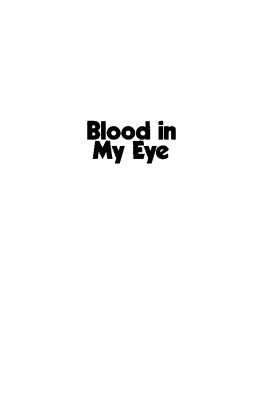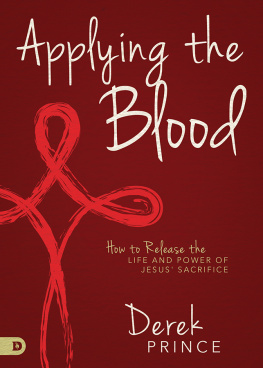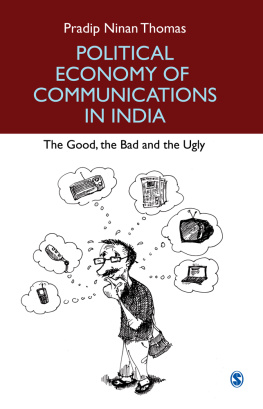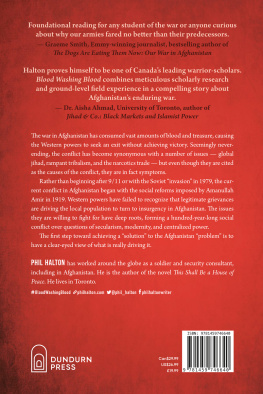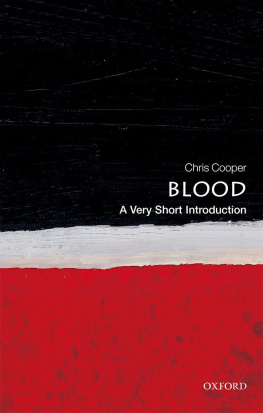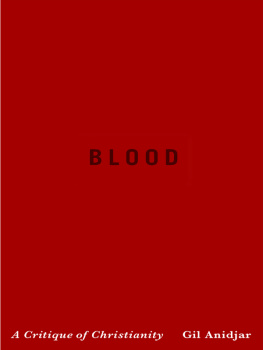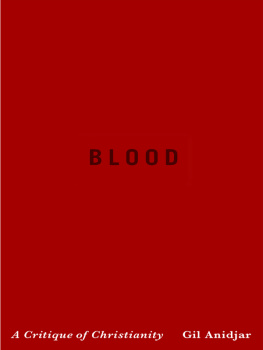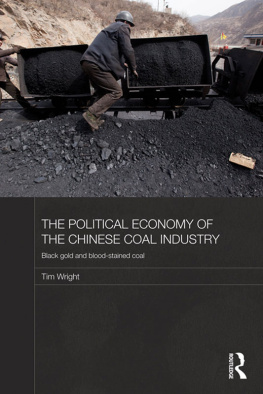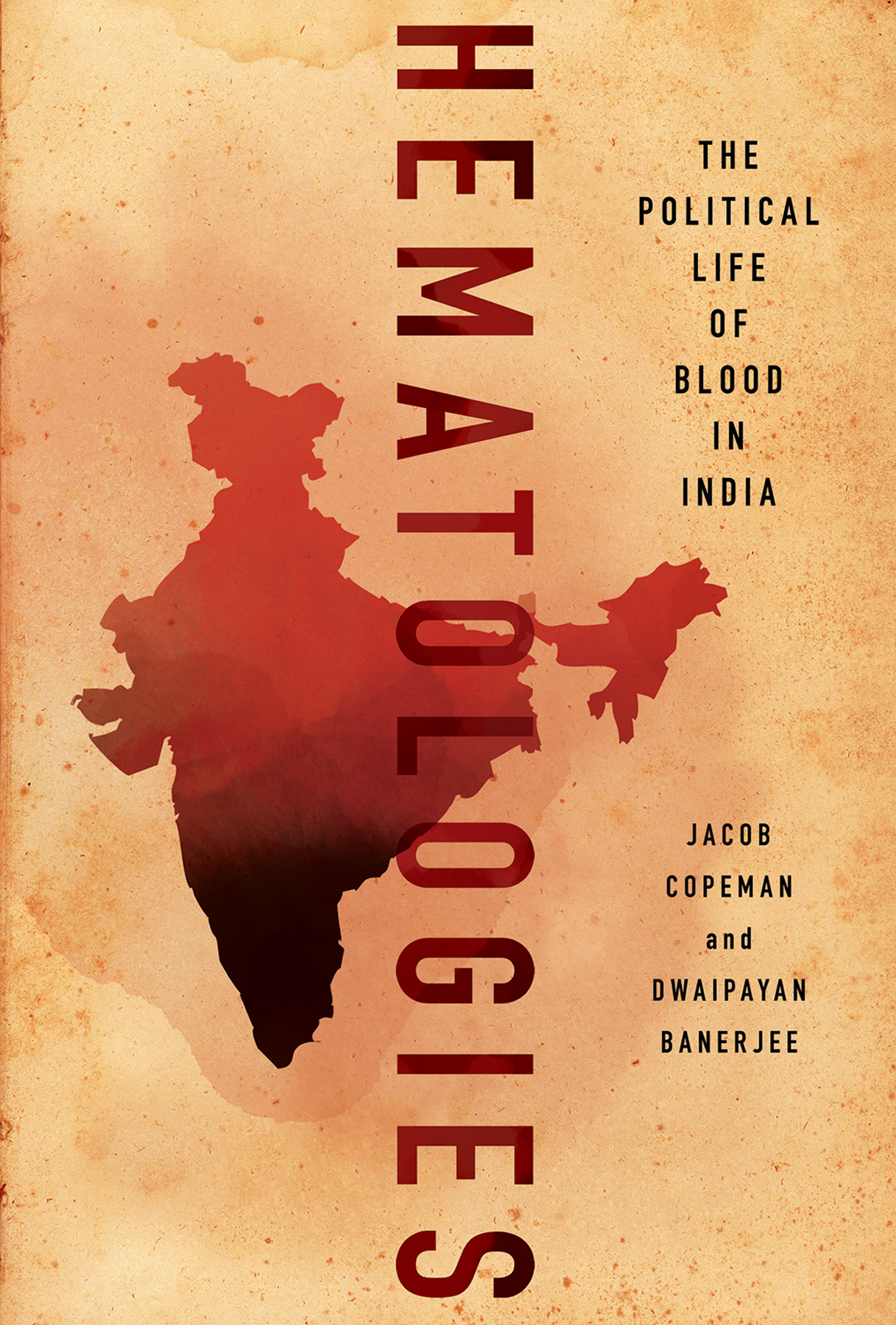Acknowledgments
Perhaps anthropologists bleed pure context like saints excorporate pure blood (L. Cohen 2013, 321). Our contexts of bleeding in this work have been many, and correlatively so have been the contributions of all those whose support has helped us carry through the research reported here. It is a pleasure to acknowledge these many kindnesses and salutary to notice just how numerous they are.
We thank the innumerable people who took time to talk with us and explain things to us. In particular, we thank Debabrata Ray and Subrata Ray from the Association of Voluntary Blood Donors, West Bengal. It was thrilling to spend time with you and to experience the pedagogy of fieldwork at its highest pitch. In Delhi, the consideration and companionship of Neera Bawa and Tim Bray led to the richest of fieldwork experiences. Thanks also to the International Campaign for Justice in Bhopal for the wonderful opportunity to work alongside you and learn from your decades of powerful activism.
Dwaipayan was fortunate to have the support of a Social Science Research Council (DPDF) grant and a fellowship at the Humanities Center at NYU while researching this project. Jane Tylus and Gwynneth Malin, along with a marvelous cohort of fellows, made the experience an intellectual and personal pleasure. Much of the writing unfolded with the support of a Mellon Humanities Postdoctoral Fellowship at Dartmouth College. Thank you to my wonderful colleagues in the anthropology department at Dartmouth, and particularly to Sienna Craig and Laura Ogden for your guidance and invaluable conversations about writing. Thanks also to Doug Haynes and William Elison for an opportunity to workshop early versions of the work that appears here. A special thanks to Kerry Jessup for her unflinching support through New York, Hanover, and Boston.
Jacob benefited from several visiting fellowships. The first was at Minpaku, the National Museum of Ethnology in Osaka. Thank you to everyone who made me so welcome there, to Mizuho Matsuo for being the perfect host, and to Aya Ikegame and Crispin Bates for your comradeship, hospitality, and practical help. I am also immensely grateful to everyone at Le Centre dtudes de lInde et de lAsie du Sud in Paris for their warm hospitality and intellectual generosity, but in particular Aminah Mohammad-Arif, Caterina Guenzi, Raphal Voix, Ines Zupanov, and Catherine Clmentin-Ojha.
We are grateful for stimulating discussion with and encouragement from Deepa Reddy, Kriti Kapila, Maria Olejaz Tellerup, Prasannanshu, Rachel Douglas-Jones, Susan Bayly, Olivier Allard, Adam Reed, Frdric Keck, Satish Kumar Jha, Tulasi Srinivas, Nikolai Ssorin-Chaikov, Carlo Caduff, Mathangi Krishnamurthy, Marika Vicziany, John Zavos, Johannes Quack, Marilyn Strathern, Nate Roberts, Ed Anderson, Aditi Saraf, Moyukh Chatterjee, Hemangini Gupta, Sandipto Dasgupta, Debashree Mukherjee, Anand Vaidya, Jyothi Natarajan, Poulami Roychowdhury, Brandon Hamilton, Nishita Trisal, Ishani Saraf, William Stafford, Durba Mitra, Ram Natarajan, Gabriela Soto Laveaga, Projit Mukharji, Bharat Venkat, Amit Prasad, Prakash Kumar, Banu Subramaniam, Brian Mooney, Bridget Hanna, Aquene Freechild, Raghu Karnad, Priyanka Pruthi, Kareem Khubchandani, Gowri Vijayakumar, Josh Williams, Anirudh Nair, Ernesto de Carvalho, Danielle Carr, Saiba Varma, Rita Brara, Lily Defriend, Yana Stainova, Vijayanka Nair, Anand Vivek Taneja, Sunayana Ganguly, Martin Lin, and Sophia Powers. John Hagstrm, Aya Ikegame, Yosuke Shimazono, Heid Jerstad, Ashley Lebner, and Sandra Brnreuther read parts of the manuscript and offered many helpful interventions. Thank you. Arkotong Longkumer has been with this project every step of the way, providing exceptionally helpful close readings of the text and sustenance both intellectual and vinous. We also owe large debts of gratitude to Klaus Hoeyer, Boel Berner and Johannes Quacknot only for the stimulus of their exemplary work but also for invitations to speak in Copenhagen, Lund, and Zurich, respectively, which together constituted the intellectual beginnings of this project. We also acknowledge the kind invitation from Filippo Osella and Sumathi Ramaswamy to contribute to their edited collection Charity and Philanthropy in South Asia (Osella and Ramaswamy 2018)our very first experience of writing together and a key first step toward this book.
We thank our friends, mentors, and colleagues at NYU, MIT, and Edinburgh who have provided support, advice, and insight. We mention in particular Neil Thin, Janet Carsten, Toby Kelly, Stefan Ecks, Tricia Jeffery, Heid Jerstad, Lotte Hoek, John Harries, Hannah Lesshafft, Crispin Bates, Hugo Gorringe, Diego Malara, Laura Jeffery, Delwar Hussain, Lydie Fialova, Roger Jeffery, Morteza Hashemi, Jon Bialecki, Emily Martin, Tejaswini Ganti, Rayna Rapp, Faye Ginsburg, Helena Hansen, Julie Livingston, Bruce Grant, Fred Myers, Bambi Schieffelin, Noelle Stout, Allen Feldman, Kate Brown, William Deringer, John Durant, Michael Fischer, Deborah Fitzgerald, Graham Jones, David Kaiser, Jennifer Light, Clapperton Mavhunga, Amy Moran-Thomas, Heather Paxson, Robin Scheffler, Merrit Roe Smith, Sherry Turkle, Christine Walley, and Rosalind Williams. Thanks also to the flawless academic and administrative staff at MIT: Karen Gardner, Judith Spitzer, Gus Zahariadis, Carolyn Carlson, and Paree Pinkney. The intellectual debts, roots, and inspirations of this book are too many to enumerate, but deserving of special mention in that regard are Joseph Alter, Deepak Mehta, Sarah Pinto, Ann Stoler, Laura Bear, Lawrence Cohen, Stefan Helmreich, Veena Das, Alberto Corsn Jimnez, and Ajay Skaria.
Parts of this book have been presented before audiences in Tokyo, Osaka, Paris, Copenhagen, Durham, London, Minneapolis, Lund, St. Andrews, UCL, Sussex, Edinburgh, Boston, San Diego, and Dartmouth. We are grateful for the invitations and thank the audiences for their very helpful suggestions.
Fieldwork was supported by the UKs Economic and Social Research Council, and the School of Social and Political Science at the University of Edinburgh.
The text reviews some of the publishing pasts of its authors, albeit in reinvented form. Those previously published works are Ungiven: Philanthropy as Critique (D. Banerjee and Copeman 2018), The Art of Bleeding: Memory, Martyrdom, and Portraits in Blood (Copeman 2013a), Writing the Disaster: Substance Activism after Bhopal (D. Banerjee 2013), Portraits of Substance: Image, Text, and Intervention in Indias Sanguinary Politics (Copeman 2013b), and The Mimetic Guru: Tracing the Real in Sikh-Dera Sacha Sauda Relations (Copeman 2012). We are grateful to their initial publishers for permission to reprint them here in substantially revised form, and to their initial peer reviewers. Those reviewers, and in particular the two manuscript reviewers for Cornell University Press, gave us tools to immeasurably enrich and refine the final outcome. Thank you. We are grateful to Jim Lance at Cornell University Press for his strong support of this project and his expert guidance, and to everyone involved at the press. It has been a real pleasure working with you.
To our families (including our cats), thank you for your love and support. The book is for you.
1
BLOODSCAPE OF DIFFERENCE
In October 2013, a medic from the Archana Pathology Lab and Diagnostic Center posted a Hindi poem on the company Facebook page. Titled Story of Blood, the poem was written in the voice of blood itself (



